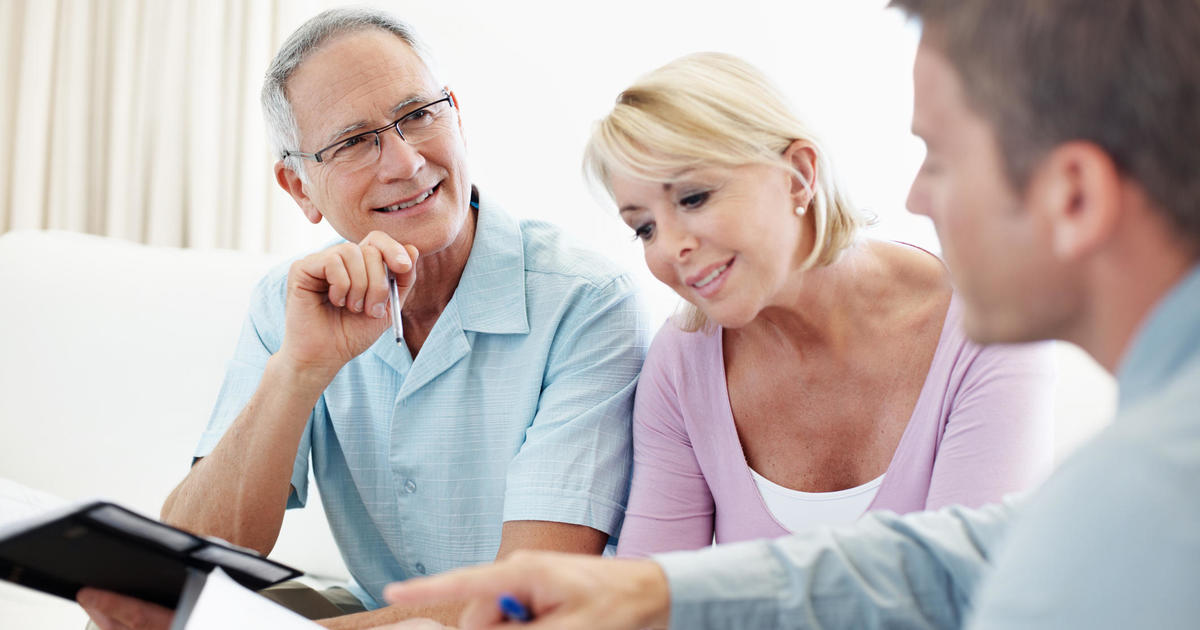Luxury apartments totally dominate the rental market
For those looking for an apartment to rent, especially in one of America's largest cities, it's becoming more difficult to find something reasonably priced. Apartment buildings under construction in the most in-demand metro areas of the country -- particularly in university and high-tech cities such as Austin, Texas, and Charlotte, North Carolina -- are now mostly luxury units and almost never aimed at moderate- to lower-income renters.
"Nationally, about 87 percent of all large-scale apartment buildings completed in the first half of 2018 are high-end," according to a survey by nationwide apartment-search website RentCafe. This trend has been gaining since the country pulled itself out of the Great Recession. In 2012, "high-ends" were just more than half of new construction. By 2017 they encompassed 79 percent of the market and are still on the rise this year.
"Just a few short years ago it was a sensation to see the rise of luxury rental buildings in our cities," the survey said. "Now they are pervasive."
Builders, bankers and financiers focus on these new and "edgy" apartment complexes with lots of amenities because of tax breaks created by newly revitalized metro areas wanting to attract more high-income residents, according to the survey.
What's considered a high-end apartment? RentCafe used a complicated series of ratings, including the size of the washer and dryer within the unit. But the best way to analyze it is by the price renters are willing to pay for "luxury" -- even if they don't want to. The average rent for A+ or A rated rentals, which now account for 54 percent of all construction, is $2,146 a month for slightly more than 900 square feet.
Of course, high-salaried New York City and San Francisco renters would consider that a bargain. But this national figure also includes lower-than-average-income cities like St. Louis, Missouri, which happens to be the fastest growing metropolitan area in the country. It built "nothing but high-end apartments in 2017," said the survey.
If you apply the yardstick that rent should equate to one-fourth of your gross income, this means the salary needed to rent a two-bedroom apartment in a large city is about $86,000. And if your eventual goal is to own either a condo or a house, that mission can become inaccessible because paying ever-increasing rent doesn't build equity.
The survey found that for those unable to earn this much income, new lower-priced rentals are almost nonexistent. Only 2.3 percent of new construction is for "B" rentals whose average monthly cost, which doesn't include frills like an exercise room, is about $1,340.
"This type of rental housing still exists, so I wouldn't say that lower-end rentals are being forced out," said spokesperson Adrian Rosenberg of RentCafe.
But the Terner Center for Housing Innovation at the University of California at Berkeley, disagrees. Its recent study found that when those with higher incomes moved into the San Francisco Bay metro area between 2010 and 2016, lower-income residents were displaced. To find somewhere else to live, some had to move as far away as Sacramento.
The RentCafe survey also showed that luxury apartment construction was strongest in the Southwest, where these units experienced 88 percent growth, particularly in the big cities of Texas. Another trend the study found: Once recession-hobbled Las Vegas has been "boosted by Californians moving to Vegas in greater numbers."



